How Do Irrigation Controllers Work?
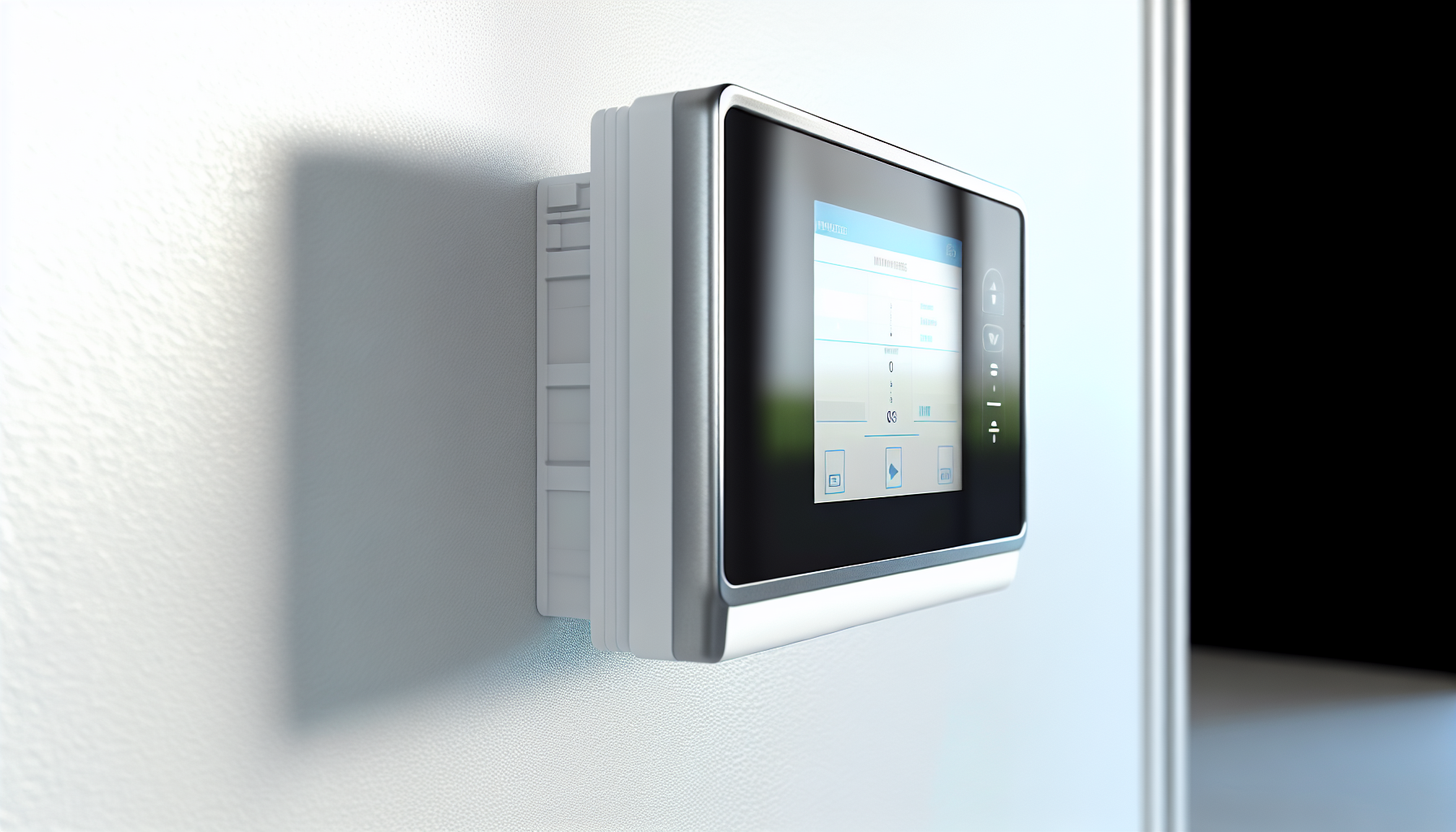
Key Takeaways
- Irrigation controllers manage an irrigation system’s watering schedule and other features to conserve water.
- There are two types of controllers, conventional and smart
- Setting up a controller requires understanding ideal operating time & soil type.
The key to a flourishing lawn and healthy plants is an operational irrigation system, made possible by the help of an irrigation controller. But what exactly does it do?
To understand its role, we need to get into the technicalities behind these controllers: how they determine when and how much water should be supplied in order for your landscape’s needs to be met.
How Irrigation Controllers Work
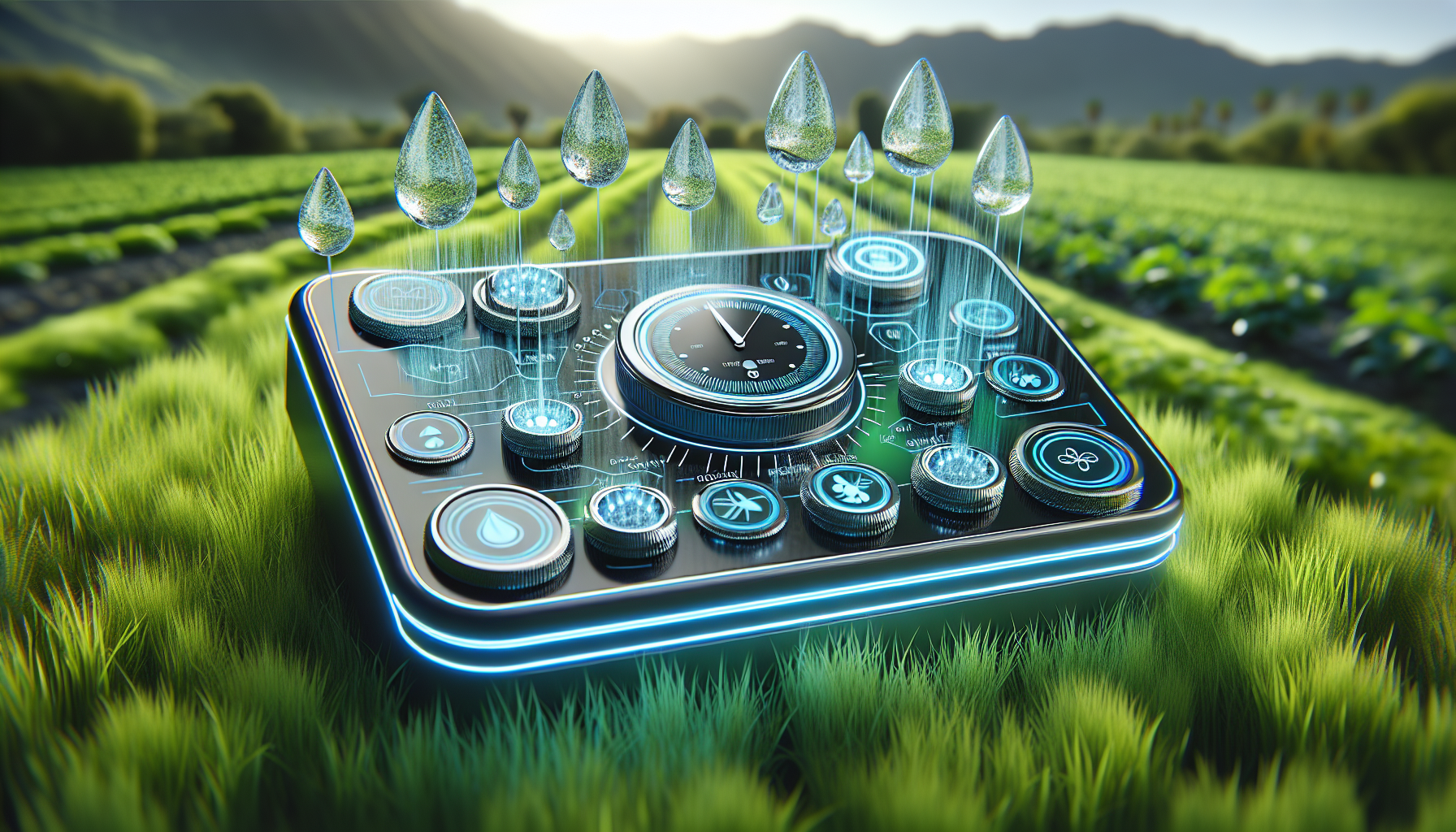
Irrigation systems rely heavily on their irrigation controller, which acts as a kind of central processing unit for managing the sprinkler valves and regulating water flow. These controllers are not just timers, but have several features to help save money on monthly water bills while maintaining an efficient watering schedule with minimal effort.
To multiple zoning capabilities, customizable schedules can be programmed into these controllers depending upon weather conditions or other factors such as rain sensors that regulate water flow monitoring too.
Plus there’s remote access available if needed! And special closed control loop systems can even make autonomous decisions through sensor feedback, allowing adjustments without manual input by users.
Irrigation Controllers prove incredibly useful when it comes to conserving resources in irrigation systems all around.
Types of Irrigation Controllers
Irrigation controllers come in a variety of types that can seem daunting to understand, but the options are quite simple when broken down. Open loop and closed loop systems both exist for use with irrigation systems.
There is an option between conventional timers and smart timers which offer more advanced features such as Wi-Fi connectivity or weather forecasts used to tailor watering schedules accordingly.
Data is utilized in some modern controls so settings will be tailored specifically for plants on your lawn or garden area, ultimately enhancing their quality via appropriate water allocation levels.
Components of an Irrigation Controller
An irrigation system typically has an array of components that work together to make sure the application is efficient. These include a water source, pump, controller and backflow prevention device as well as sensors.
The timer in these controllers works like a clock to switch on and off at predetermined intervals while valves are employed for regulating the amount of water released into each zone associated with it.
Wiring enables electricity transmission which then causes automated opening or closing when following pre-programmed instructions from those aforementioned timers within controllers suitable for said irrigation systems.
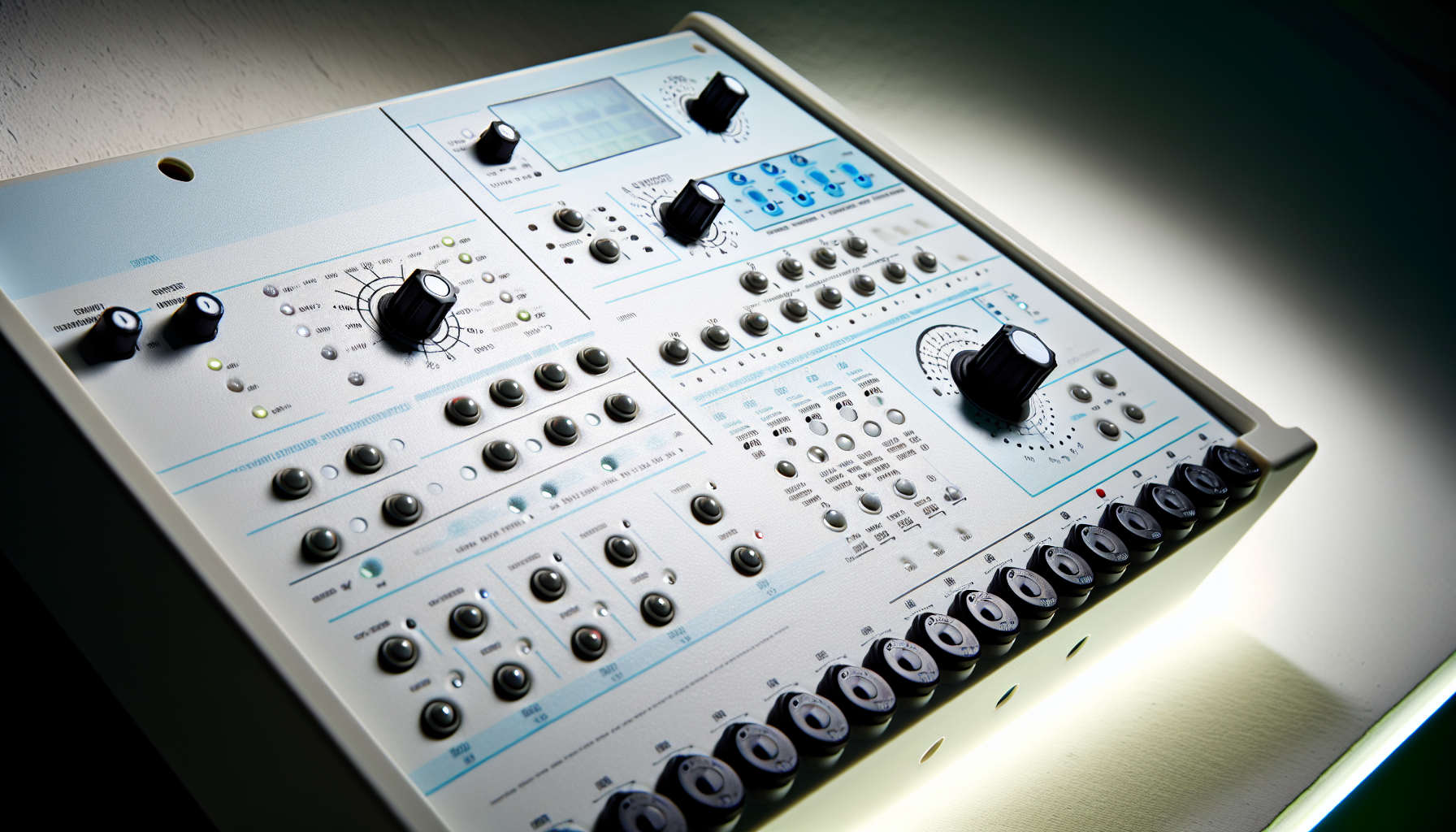
Setting Up Your Irrigation Controller
When it comes to setting up an irrigation controller, you have more than just plugging it in and letting it run. It is about fine-tuning the device according to your landscaping needs - from determining watering schedules to adjusting start times as well as runtime.
This makes sure that plants get precisely what they need when needed, which aids efficient use of water for healthier vegetation growth.
For optimal performance with your irrigation system, one should consider ideal operating time for their setup, soil type effect on watering programs and best possible runtimes concerning sprinklers used on top of recurrent evaluation regarding planned out lawn irrigations if modifications are required or necessary.
Programming Watering Schedules
Programming an irrigation controller to suit the needs of multiple zones requires careful planning. The benefit of such a system is that it offers automated watering schedules for each specific zone in your landscape, giving you better control over how much water each area receives.
To achieve this, connecting all zones under one output on the same controller will allow them to follow the same schedule while taking into account their individual variations according to plant type and seasonal patterns related with irrigation needs.
Adjusting Run Times and Start Times
Configuring run times and start times for your irrigation system is an essential step in installation of the controller. This helps optimize water consumption, while also preventing under or over watering of plants on site.
The needed amount of water varies based on the type and species of vegetation, thus affecting the duration settings for each area’s sprinkler setup.
Also relevant to this process are weather conditions – recommended beginning times usually fall during early morning hours across multiple climate regions and vary seasonally throughout a calendar year depending on plant requirements at different stages in growth cycles.
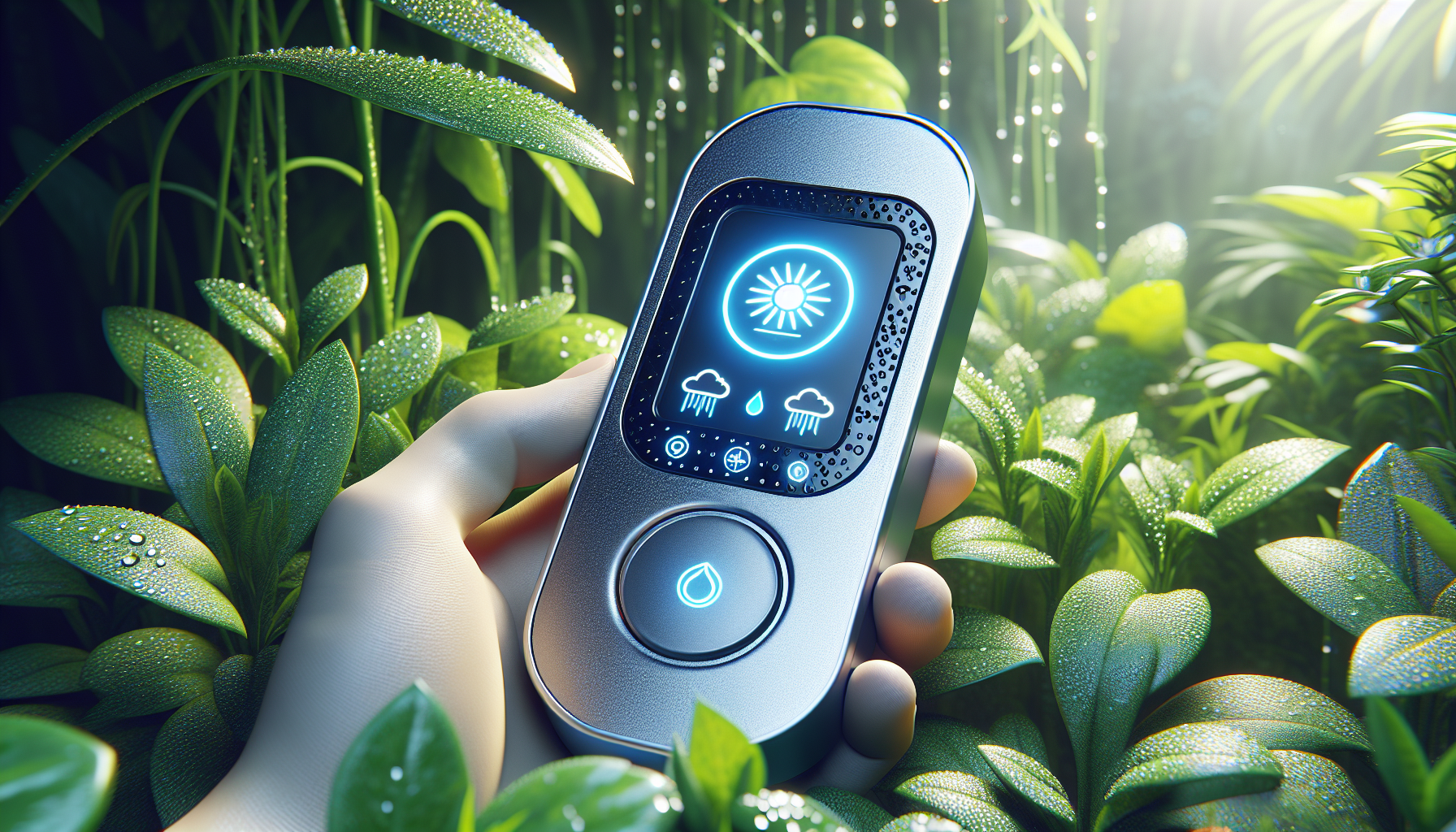
Understanding Sprinkler System Components
The sprinkler systems found in irrigation setups are essential for sustaining a beautiful, green lawn. With components like valves that control water flow and nozzles distributing the liquid all throughout your yard, this setup ensures efficiency.
Wiring allows these automated elements to open or close depending on predetermined schedules so you can keep watering at just the right moment.
It’s critical to be aware of each component within your system as understanding them will help with any problems concerning sprinker operations down the line.
From parts that effectively deliver moisture across every inch of land there are to those governing how much H2O goes through – they’re integral for providing top-notch irrigation services around your premises!
Sprinkler Heads and Nozzles
Sprinkler heads and nozzles are the key to successful landscape irrigation, tailored for specific watering needs. Fixed spray heads disperse water in a fixed radius and pattern while rotor designs cover larger spaces evenly with efficient use of available flow rates.
Impact rotors generate force from moving liquid, which is used to rotate the sprinkler head’s circle-shaped spreader arm. This allows coverage over broader areas at once.
When picking out your next sprinkling system, several factors must be taken into account - including what area it will irrigate, how much water pressure you have access to as well as soil type requirements needed for optimal growth results respectively. Choosing wisely ensures that all components operate harmoniously together, delivering optimum output levels!
Valves and Valve Boxes
The irrigation system relies heavily on valves and valve boxes to ensure it functions properly.
Their job is quite important, managing the flow of water throughout the entire system so that sprinklers are able to spray at specific times for particular areas.
As much as these components may not be apparent or visible like a nozzle or head, sprinkler valves serve crucial duties in providing basic services such as shutting off sections when needed and protecting from dirt, debris and other pests’ interference with daily operations.
Still then, despite being almost invisible compared to sprinkler heads & nozzles scattered about running amok attempting huge tasks that seem too difficult sometimes. Valves have always been there silently doing arguably way more complex but far most influential feat of regulating precious things we like calling ‘water’.
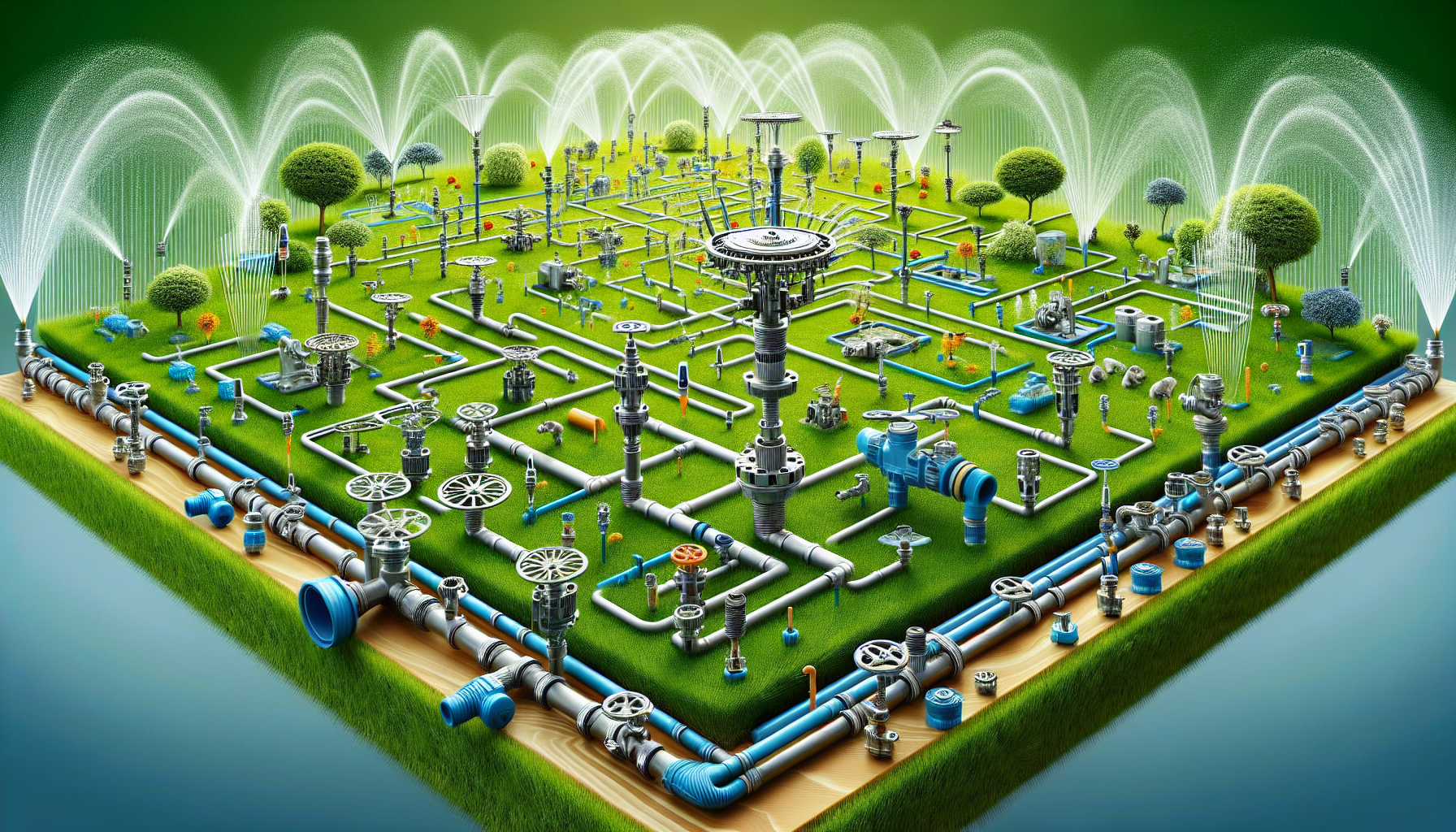
Advanced Features of Smart Controllers
Smart controllers are the cutting-edge of irrigation management, offering a range of improved features that make managing watering schedules much more efficient and convenient. They can adjust their timing based on local weather conditions in order to avoid over or under irrigating which is highly beneficial for ensuring optimal water usage.
Through Wi-Fi or Bluetooth connectivity, users have remote access giving them control from any location. Making this technology incredibly user friendly as well as effective. Overall, these advanced features provided by smart controllers provide an all round streamlined process with regards to your irrigation system needs.
Weather-Based Adjustments
Irrigation controllers are utilizing cookies and data to automatically adjust watering schedules based on the user’s settings as well as real-time weather conditions. Such variables include temperature, humidity, rainfall amount or wind speed along with solar radiation information.
Depending upon your configuration preferences of a specific controller device (and its settings), these adjustments can be done each day or numerous times in one single day for maximum efficiency of water use.
Smart irrigation controllers revolutionize water resource management by allowing localized calibration, thereby enabling environment friendly usage combined with optimal results from using local climate conditions into account when modifying their programs accordingly!
Remote Access and Control
Smart controllers offer the ability to remotely access and control irrigation systems, providing users with more flexibility over their system.
Through a remote controller containing control sticks and navigation buttons, as well as watching short videos through Google services, real-time adjustments can be made on settings for better maintenance of plants while also improving engagement and site statistics related to efficient watering schedules.
This gives people total control over their irrigation system from virtually anywhere that has internet access.
Troubleshooting Common Irrigation Controller Issues
An irrigation system that is operating effectively requires an efficient controller. Sometimes problems may arise and troubleshooting needs to be done. Signs of a valve stuck or leaking in the system include: water flow continuously, sprinkler heads not working properly due to low pressure levels, leakage at zone valves and difficulties with activating zones when needed.
Controller malfunctions are often caused by broken/clogged sprinklers as well as inactive displays on controllers or watering scheduled off-time from what it should be, either way blocked pipes being filled with debris can also lead to these issues too!
Thus understanding how to repair them will contribute greatly towards keeping your irrigation running smoothly and efficiently all year round!
Stuck or Leaky Valves
Irrigation systems are efficient when the controller, valves and other components all function properly. Poor functioning can lead to water waste or uneven watering that results in spam fraud and abuse of the system. Identifying leaks or stuck valves is essential for proper irrigation operation.
One way this issue can be resolved is by mapping out each known irrigation head and valve on a property with flow detection sensors looking for wet spots on your lawn as well as potential problems within the controller itself.
To rectify any issues related to such cases it’s recommended you shut off your water supply first, unscrewing the solenoid before assessing its damage if necessary - replacing either diaphragm obstructions/damage then reassembling followed finally by turning backwater supply once more testing has been conducted altogether afterwards.
Controller Malfunctions
Maintaining a smooth-running irrigation system requires understanding controller malfunctions and proper troubleshooting techniques. For example, to diagnose wiring issues it is recommended to inspect the valve resistance readings, check for broken wires or loose connections, and confirm that the water supply is turned on correctly.
Look out for partially opened valves or damaged ones. When power surge damage may be suspected, pay attention to tripped circuit breakers/switches, sudden resets of the controller, loss of power at all points in its setup with possible cracking sounds coming from pipes or any other kind of pump casing damages as well as leakages detected around electronic components accompanied by odors among other signs.
Track outages carefully and protect your entire irrigation system accordingly if these warnings are noticed!
Upgrading Your Irrigation System
If you’re still using an older-style irrigation controller, now may be the time to upgrade and benefit from a smart solution. This could bring various advantages such as improved convenience, reduced water usage, diagnostics capabilities and customization options for your system.
Before making the switch though, it is important that you consider how effective or obsolete current components are in relation to watering schedules etc., taking into account key points like lawn size, number of zones needed and any extra features that will require WiFi or Bluetooth connection support.
Evaluating Your Current System
To plan an upgrade to your irrigation system, the first step is assessing it. This helps locate areas that need attention, like out-of-date controllers and poor watering cycles, which can all lead to inefficient water usage.
The evaluation should consist of a few tasks such as verifying if the system works properly, analyzing the controller’s programming accuracy and looking for faulty or broken sprinkler heads. To clearing any blockages from them. Checking pipes underneath for leaks/clogs plus examining field wires for electric issues too.
Selecting a Smart Controller
To obtain the best irrigation controller possible, a search for the appropriate smart controllers is necessary. Elements to consider include your lawn’s dimensions and zoning specifics as well as requested features of the controller. A range of competent options such as watering zone requirements, usage charges yearly or monthly.
FAQs

Carl Anderson
Carl Anderson is an avid outdoorsman with a keen interest in writing about and reviewing tools. He has over 20 years of writing experience and the only time he isn't feverishly typing away at his computer is when he's outside in nature working on his projects. You can learn more about him here.
Join our community!
Join to receive guides, insights, and the latest gardening deals!
